Home>Articles>Should You Leave Ceiling Fans On When Not At Home


Articles
Should You Leave Ceiling Fans On When Not At Home
Modified: February 28, 2024
Discover the answer to this common question: Should you leave ceiling fans on when not home? Read our informative articles to find out the best practice.
(Many of the links in this article redirect to a specific reviewed product. Your purchase of these products through affiliate links helps to generate commission for Storables.com, at no extra cost. Learn more)
Introduction
Ceiling fans are a common feature in many homes, providing a cost-effective way to keep the air circulating and provide a cooling breeze during the warm summer months. However, one question that often arises is whether it is advisable to leave ceiling fans on when not at home. With concerns about energy consumption, safety, and the impact on air circulation, it’s important to weigh the pros and cons before making a decision.
In this article, we will delve into the factors that should be considered when deciding whether to leave ceiling fans on when not at home. We will explore the energy consumption and cost of running ceiling fans, the impact on air circulation and comfort, safety concerns, as well as the benefits and drawbacks of leaving ceiling fans on when not at home. We will also provide some tips for maximizing efficiency and safety when leaving ceiling fans on. By the end, you will be equipped with the knowledge to make an informed decision about whether leaving your ceiling fans on is the right choice for you.
Key Takeaways:
- Leaving ceiling fans on when not at home can enhance air circulation and comfort, but it’s crucial to balance the benefits with energy consumption, safety concerns, and climate-specific needs.
- Prioritize safety and efficiency by choosing energy-efficient fans, maintaining regular cleaning and inspections, and utilizing timers or smart controls to regulate fan usage when you’re away.
Energy consumption and cost of running ceiling fans
One of the main concerns when considering whether to leave ceiling fans on when not at home is the energy consumption and cost. It is important to note that ceiling fans are generally more energy-efficient compared to other cooling options, such as air conditioning units. The energy consumption of a ceiling fan typically ranges from 10-120 watts, depending on the size and speed settings.
While running a ceiling fan does consume electricity, the cost is relatively low compared to running an air conditioner. On average, a ceiling fan can cost around 1-2 cents per hour to run, depending on the electricity rates in your area. This means that leaving a ceiling fan on for a few hours or even throughout the day may not significantly impact your electricity bill.
However, it’s important to consider the cumulative effect if you leave multiple ceiling fans on in different rooms. The energy consumption and cost can add up over time. To mitigate this, you can consider using ceiling fans strategically, only leaving them on in the rooms that are being used or opt for energy-efficient ceiling fans that have lower energy consumption.
Another factor to consider is the time of year. In winter months, when heating is the primary concern, leaving ceiling fans on may not be necessary or cost-effective. It’s a good practice to switch off ceiling fans when they are not needed, especially if you want to lower your energy consumption and save on electricity costs.
In summary, while running ceiling fans does consume some electricity and incur a small cost, they are generally more energy-efficient compared to other cooling options. By being mindful of usage and considering energy-efficient features, you can minimize the impact on your energy consumption and cost.
Impact on air circulation and comfort
Ceiling fans play a crucial role in improving air circulation and enhancing comfort within a space. When a ceiling fan is turned on, it creates a gentle breeze that helps to circulate the air, preventing it from becoming stagnant. This can be particularly beneficial in rooms with poor air circulation or during hot weather conditions.
Leaving ceiling fans on when not at home can help maintain air circulation throughout your house. This means that when you arrive home after a long day, the rooms will already feel more comfortable, as the air has been constantly in motion. It can also help distribute cool air from air conditioning units more effectively, ensuring that the entire room is cooled evenly.
Furthermore, the movement of air generated by a ceiling fan can create a cooling effect on our bodies. The breeze created by the fan helps to evaporate moisture from the surface of our skin, making us feel more comfortable even in higher temperatures. This can be especially beneficial during the summer months or in regions with hot climates.
However, it’s important to note that the effectiveness of the air circulation and comfort provided by a ceiling fan will depend on various factors such as the size and speed settings of the fan, the room layout, and the placement of the fan. It’s recommended to make sure that the ceiling fan is properly sized for the room, as a fan that is too small may not provide adequate air circulation.
Additionally, it’s worth mentioning that leaving ceiling fans on when not at home may not be necessary in all situations. If you live in a climate where temperatures are mild or if there are other means of air circulation in your home, such as open windows or natural breezes, you may not need to leave the fans on when you’re away.
In summary, leaving ceiling fans on when not at home can help maintain air circulation and enhance comfort by preventing stagnant air and creating a cooling effect. However, the effectiveness of air circulation and comfort will depend on various factors, and it may not be necessary in all situations.
Safety concerns
While leaving ceiling fans on when not at home may seem like a convenient option, it’s important to consider the safety implications. Like any electrical appliance, there are potential risks involved in keeping ceiling fans running unattended.
One of the main safety concerns is the risk of electrical issues or malfunctions. Ceiling fans are connected to an electrical circuit and rely on proper wiring and connections. Over time, wear and tear or faulty wiring can increase the risk of short circuits or electrical fires. Leaving a ceiling fan on unattended increases the chances of these issues going unnoticed, which could pose a significant safety hazard.
Another safety concern is the risk of physical injury. Ceiling fans have rotating blades, and if not properly installed or maintained, they can become loose or damaged. This increases the risk of blades flying off or the fan falling from the ceiling. This is particularly alarming if there are pets or young children in the house who may accidentally come into contact with the fan or its blades.
Additionally, leaving ceiling fans on when not at home can also increase the chances of foreign objects, such as dust or debris, getting caught in the fan blades. This can obstruct the rotation of the blades, causing the fan to wobble or become unbalanced. A wobbling fan not only reduces its efficiency but also poses a potential safety risk.
Considering these safety concerns, it is advisable to exercise caution when leaving ceiling fans on unattended. Regularly inspect and maintain your ceiling fans to ensure they are in proper working condition. If you notice any signs of electrical issues or physical damage, it is best to turn off the fan and have it inspected or repaired by a qualified electrician or technician.
Overall, safety should be a primary consideration when deciding whether to leave ceiling fans on when not at home. By taking necessary precautions and being proactive in maintenance, you can minimize safety risks and enjoy the benefits of using ceiling fans in a safe manner.
Benefits of leaving ceiling fans on when not home
While there are some considerations and safety concerns to keep in mind, there can be several benefits to leaving ceiling fans on when you’re not at home. Here are a few advantages to consider:
- Air circulation: Leaving ceiling fans on helps to maintain air circulation throughout your home. This can prevent stagnant air pockets and reduce the likelihood of unpleasant odors or stuffiness. When you return home, you’ll be greeted with fresher air, making it more comfortable and inviting.
- Temperature control: Ceiling fans can contribute to maintaining a more even temperature in your home. By keeping the air in motion, the fan helps distribute cool or warm air from other sources, such as air conditioning or heating systems. This can help create a more consistent and comfortable environment.
- Reduced humidity: Ceiling fans can help to reduce humidity levels in your home. The circulating air can help to evaporate moisture, inhibiting the growth of mold and mildew, which thrive in damp conditions. By leaving the fans on, you can help maintain a drier and healthier indoor environment.
- Energy efficiency: While ceiling fans do consume electricity, they are generally more energy-efficient compared to air conditioning units. By leaving the fans on when you’re not home, you can help keep the air circulating without relying solely on energy-intensive cooling or heating systems. This can contribute to energy savings and reduce your environmental footprint.
- Enhanced security: Leaving ceiling fans on can contribute to home security. The movement and noise created by the fan can give the impression that someone is home, which can deter potential intruders. It’s important, however, to be mindful of safety concerns and ensure that the fans are in proper working condition.
While these benefits may make leaving ceiling fans on attractive, it’s essential to consider your specific circumstances, including energy costs, climate, and safety concerns. Adjusting the speed settings and usage patterns can help maximize the benefits while minimizing energy consumption and risks.
Keep in mind that the effectiveness of leaving ceiling fans on will depend on various factors, such as the size of the room, ceiling height, and room layout. It’s always a good idea to experiment and find the right balance for your comfort and energy efficiency.
It is not necessary to leave ceiling fans on when you are not home. This will not provide any benefit and will only consume unnecessary energy. It is best to turn them off to save on electricity costs.
Drawbacks of leaving ceiling fans on when not home
While there are benefits to leaving ceiling fans on when not at home, it’s important to consider the drawbacks as well. Here are a few potential disadvantages to be aware of:
- Energy consumption: Even though ceiling fans are generally more energy-efficient compared to air conditioning units, they still consume electricity. Leaving the fans on when you’re not home can contribute to unnecessary energy consumption. This could result in higher electricity bills and have a negative impact on the environment.
- Safety concerns: Safety is a crucial consideration when leaving any electrical appliance unattended. Ceiling fans can pose a safety risk if not properly installed or maintained. There is a potential danger of electrical issues, such as short circuits or fires, especially if there are any underlying wiring problems. Additionally, if the fan is not securely installed, it could become loose or fall from the ceiling, posing a risk of physical injury.
- Maintenance requirements: Leaving ceiling fans on for extended periods can increase the amount of dust and debris it accumulates. This means more frequent cleaning and maintenance to keep the fans running efficiently. Neglecting proper cleaning and maintenance can lead to reduced performance, increased energy consumption, and potential safety hazards.
- Noise: While some people find the sound of a ceiling fan comforting, others may find it bothersome, especially when trying to relax or sleep. Leaving the fans on when not at home may be disruptive to neighbors if the noise is audible outside the house.
- Redundancy: In some cases, leaving ceiling fans on when not home may be redundant or unnecessary. If the climate is mild or if there are other means of air circulation, such as open windows or natural breezes, the fans may not provide significant benefits. In such situations, leaving the fans off when not at home can help conserve energy and reduce costs.
It’s important to consider these drawbacks and weigh them against the potential benefits before deciding whether to leave ceiling fans on when not at home. Assessing your specific circumstances, energy costs, and comfort needs will help you make an informed decision that aligns with your priorities.
Factors to consider in deciding whether to leave ceiling fans on
When it comes to deciding whether to leave ceiling fans on when not at home, there are several factors to consider. Evaluating these factors will help you make an informed decision that aligns with your comfort, energy efficiency goals, and safety considerations. Here are some key factors to keep in mind:
- Climate: Consider the climate in your area. If you live in a region with hot and humid summers, leaving ceiling fans on can help maintain a more comfortable indoor environment. However, if the climate is mild and you rarely rely on cooling systems, leaving the fans off when not at home may be more energy-efficient.
- Energy costs: Evaluate the cost of energy in your area and factor in the energy consumption of ceiling fans. If energy costs are high, you may want to limit the usage of ceiling fans or opt for energy-efficient models. Compare the potential energy savings from leaving the fans on to the additional costs incurred.
- Room occupancy: Consider which rooms are frequently occupied and which are rarely used. If there are specific rooms that are used regularly, it may be more beneficial to leave the ceiling fans on in those areas to maintain comfort and air circulation. For unoccupied rooms, it may be more prudent to turn off the fans to save energy.
- Security: Assess your security needs and the potential benefits of leaving ceiling fans on for security purposes. The visual and audible movement of the fans may provide a deterrent to potential intruders by creating the impression that someone is home. However, it’s crucial to balance security considerations with safety concerns and ensure the fans are in good working condition.
- Personal preferences: Consider your personal comfort and preferences when it comes to air circulation and noise levels. If you find the gentle breeze and white noise of a ceiling fan soothing, leaving it on might be preferred for your well-being. However, if the noise or air movement is distracting or uncomfortable, it may be best to turn off the fans when not at home.
By evaluating these factors, you can determine the most suitable approach for your particular circumstances. It’s important to find a balance that meets your comfort needs while also being mindful of energy consumption, costs, and safety considerations.
Tips for maximizing efficiency and safety when leaving ceiling fans on
Leaving ceiling fans on when not at home can offer benefits in terms of air circulation and comfort. To maximize efficiency and ensure safety, there are several tips to keep in mind:
- Choose energy-efficient fans: Opt for ceiling fans that are energy-efficient and have lower wattage. Look for models with the Energy Star certification, as they are designed to consume less energy while delivering optimal performance.
- Proper fan size and placement: Ensure that the ceiling fans are properly sized for the room and ceiling height. Placement is important too, as the fan should be positioned for maximum air circulation without obstructions. Follow the manufacturer’s guidelines for installation and consider professional assistance if needed.
- Set appropriate fan speed: Adjust the fan speed based on the season and your comfort needs. During hotter months, higher speeds can provide a more cooling effect, while lower speeds can help with air circulation during colder months. Remember to switch the fan to counterclockwise rotation for summer and clockwise rotation for winter.
- Maintain regular cleaning: Dust and debris can accumulate on ceiling fan blades, impacting their performance and efficiency. Regularly clean the blades to ensure smooth rotation and optimal air movement. Use a soft cloth or a damp cloth to prevent scattering dust particles.
- Inspect for damage or loose parts: Regularly inspect the ceiling fans for any signs of damage, loose parts, or worn-out wiring. If you notice any issues, such as wobbling or unusual noises, it’s best to turn off the fan and have it inspected or repaired by a qualified electrician or technician.
- Utilize timers or smart controls: Consider using timers or smart controls to regulate the operation of the ceiling fans when you’re not at home. This allows you to set specific times for the fans to turn on and off, helping to minimize unnecessary energy consumption and maximizing efficiency.
- Keep safety in mind: Prioritize safety by ensuring that your ceiling fans are installed correctly and securely. Don’t overload circuits or use extension cords for the fans. It’s also a good idea to have smoke detectors and fire extinguishers in your home, providing an additional layer of safety.
By following these tips, you can enhance the efficiency and safety of leaving ceiling fans on when not at home. Regular maintenance and mindful usage will not only maximize their benefits but also help to minimize energy consumption and potential safety risks.
Conclusion
Deciding whether to leave ceiling fans on when not at home requires careful consideration of various factors. While there are benefits to maintaining air circulation and comfort, it’s essential to weigh them against energy consumption, costs, and safety concerns.
Ceiling fans can contribute to improved air circulation, temperature control, and reduced humidity, making your home more comfortable. Additionally, they can be a cost-effective alternative to air conditioning during hot weather. However, leaving fans on unattended can lead to unnecessary energy consumption and potential safety hazards if not properly maintained.
To maximize efficiency and safety, choose energy-efficient fans, ensure proper size and placement, set appropriate fan speeds, and regularly clean and inspect your fans. Additionally, consider using timers or smart controls to regulate fan usage when you’re not at home. By following these tips, you can enjoy the benefits of ceiling fans while minimizing energy waste and potential risks.
Ultimately, the decision of whether to leave ceiling fans on when not at home should take into account your climate, energy costs, personal comfort preferences, and the specific layout of your home. Assess your needs and priorities to find the right balance between energy conservation, comfort, and safety.
Remember to always prioritize safety and consult professionals if you have any concerns about wiring, fan installation, or maintenance. By making an informed decision and implementing the necessary precautions, you can utilize ceiling fans effectively and responsibly in your home.
Frequently Asked Questions about Should You Leave Ceiling Fans On When Not At Home
Was this page helpful?
At Storables.com, we guarantee accurate and reliable information. Our content, validated by Expert Board Contributors, is crafted following stringent Editorial Policies. We're committed to providing you with well-researched, expert-backed insights for all your informational needs.
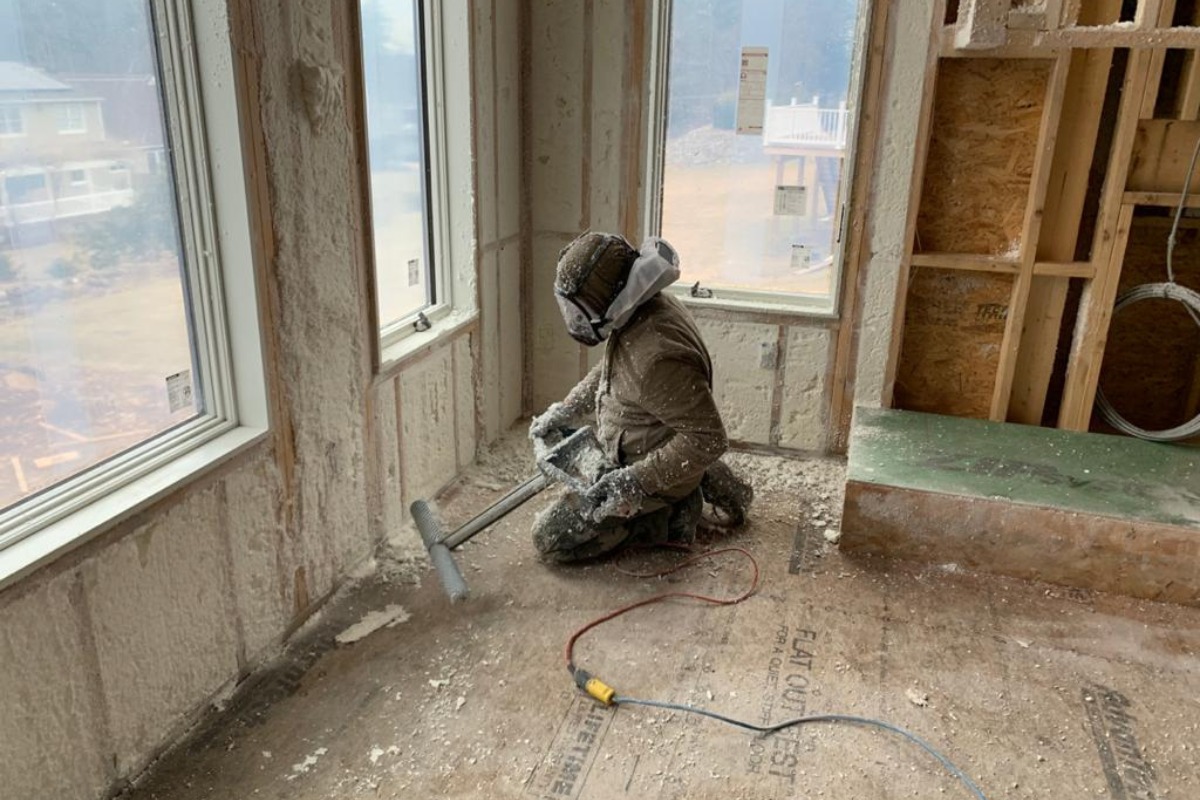
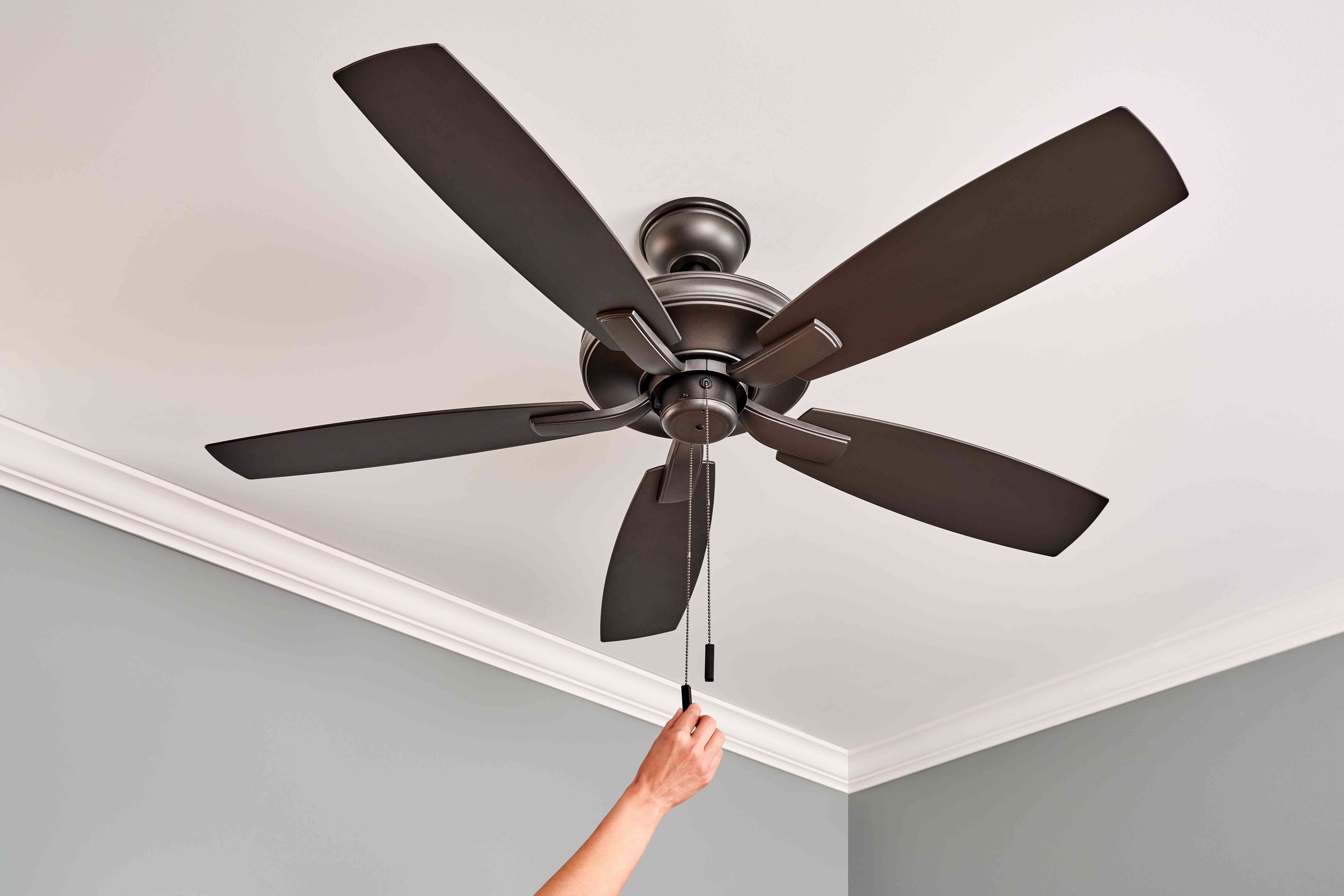
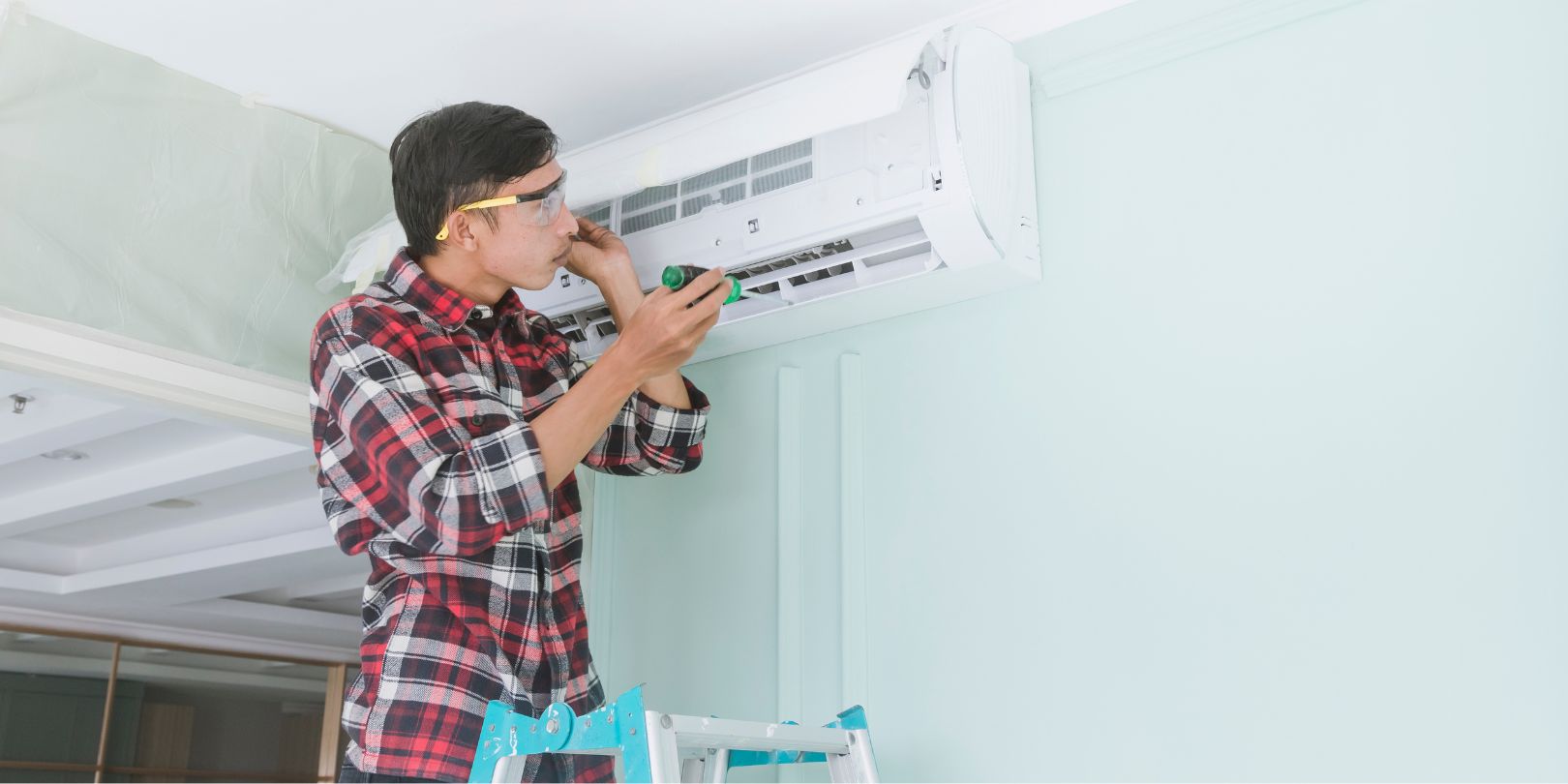

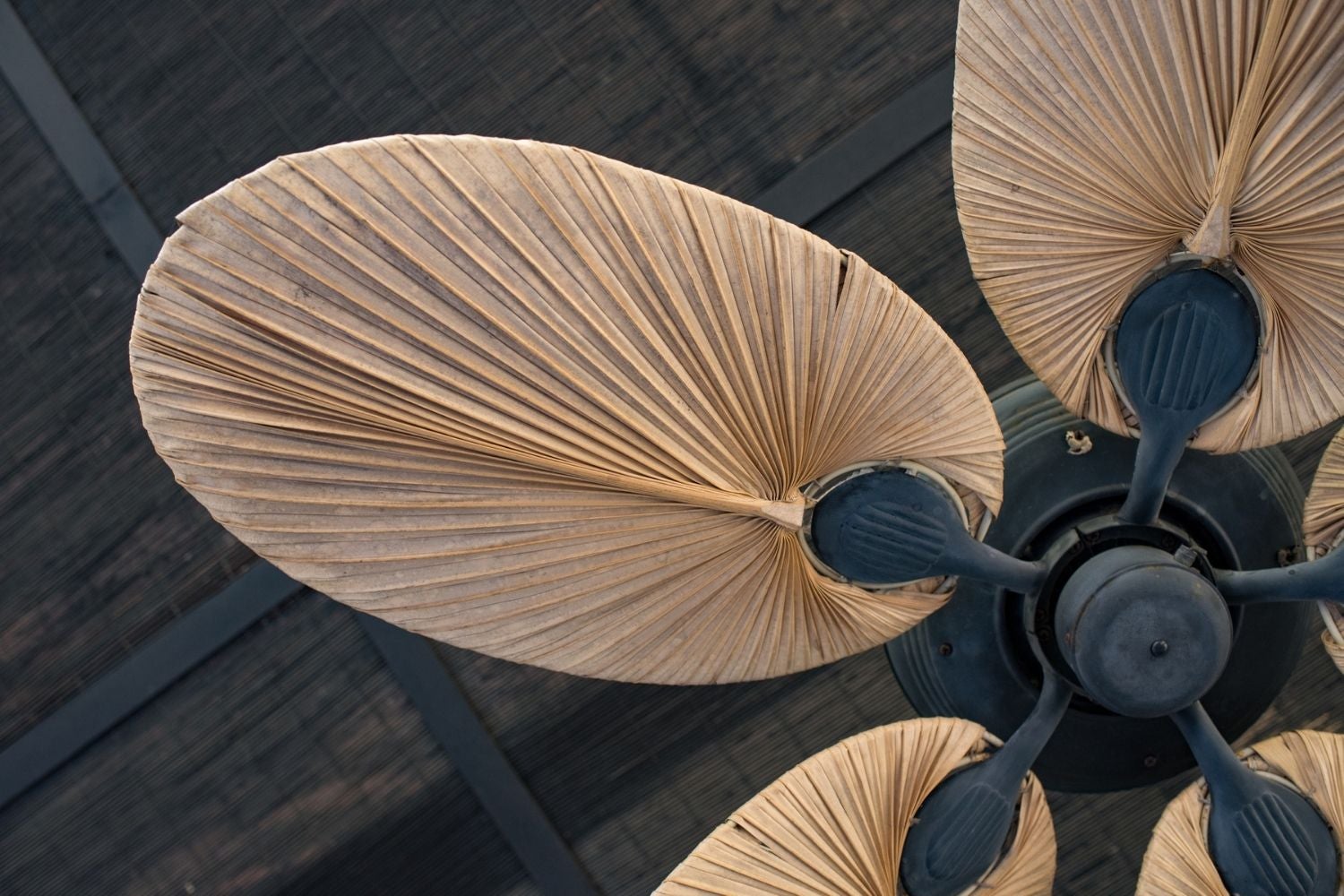

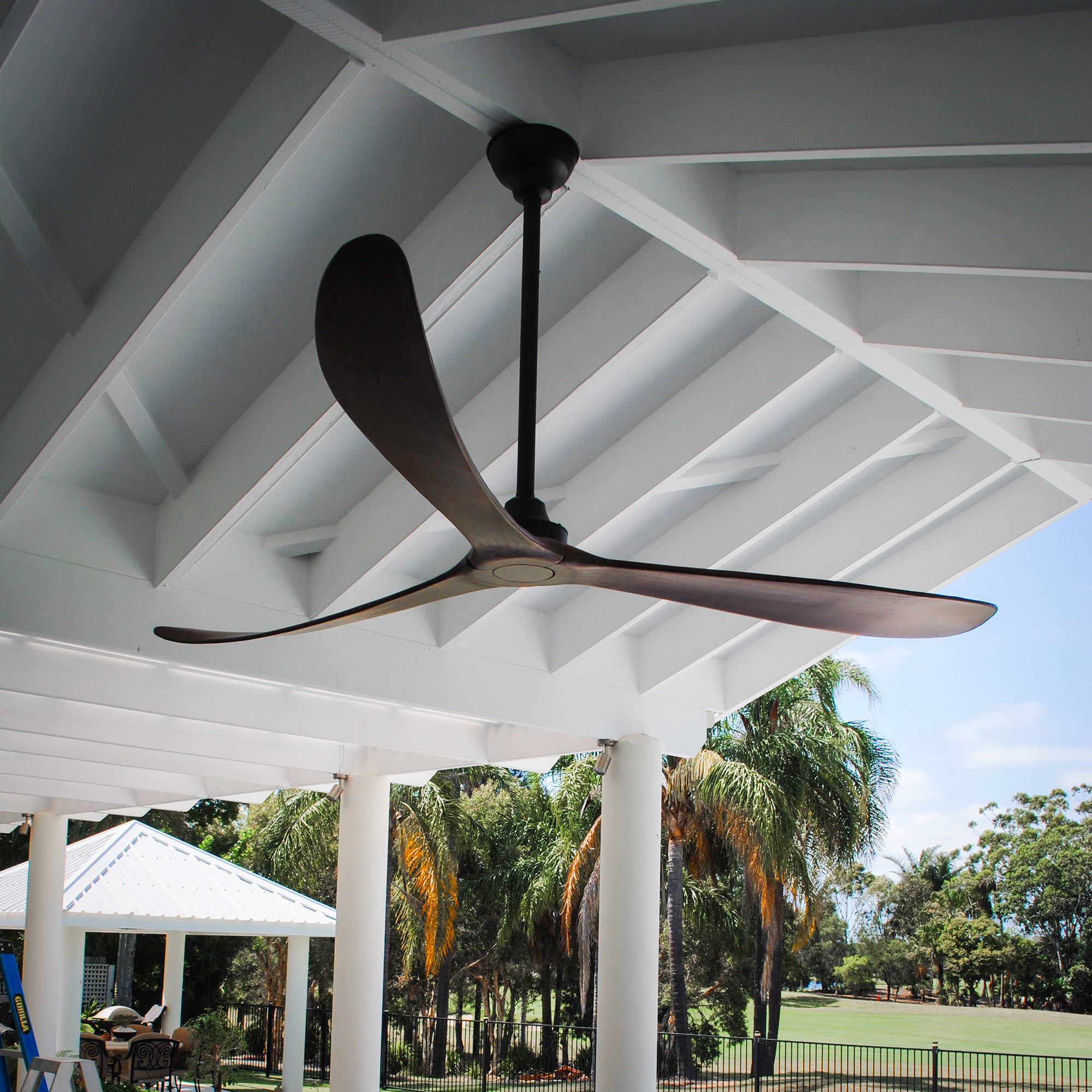


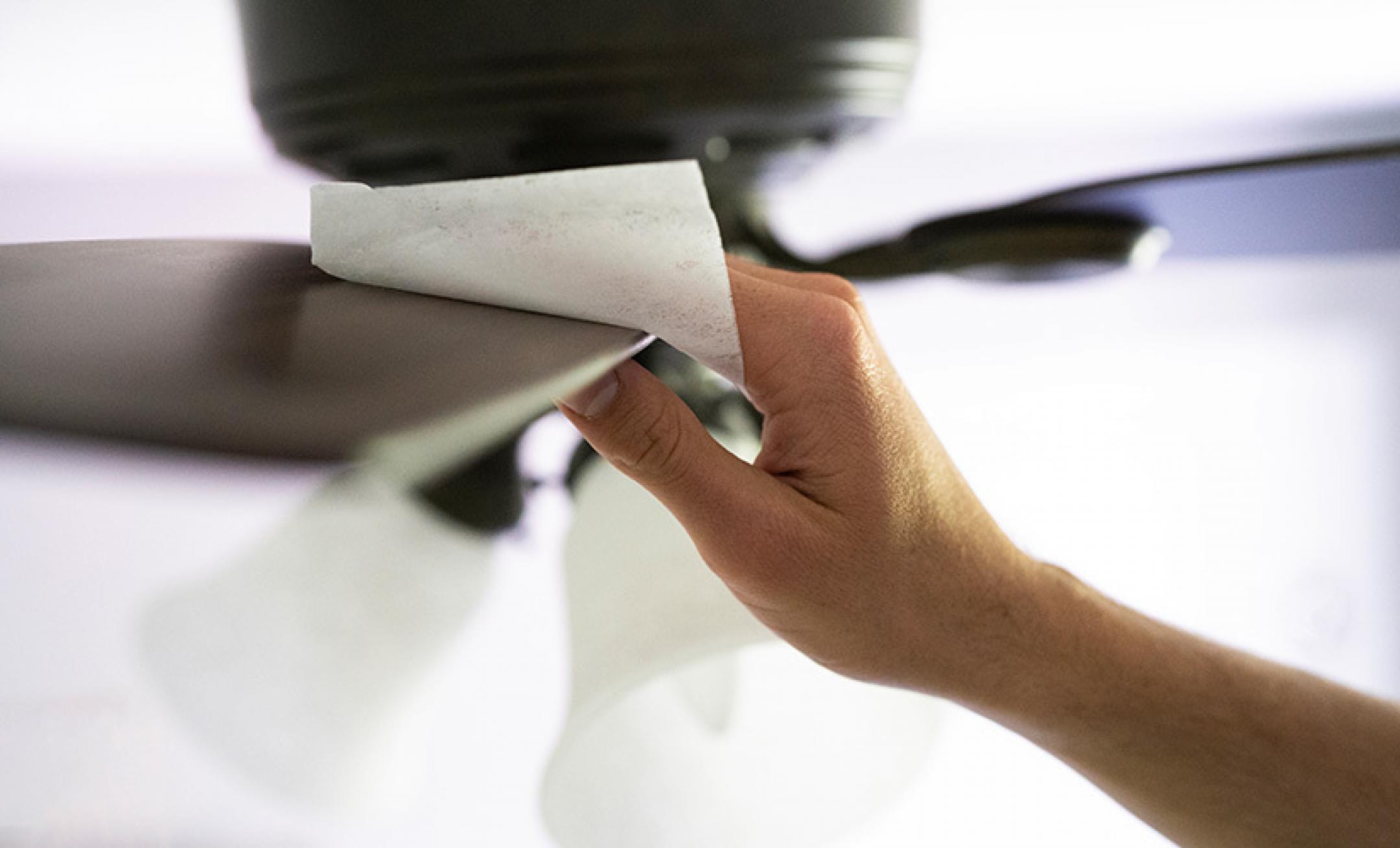
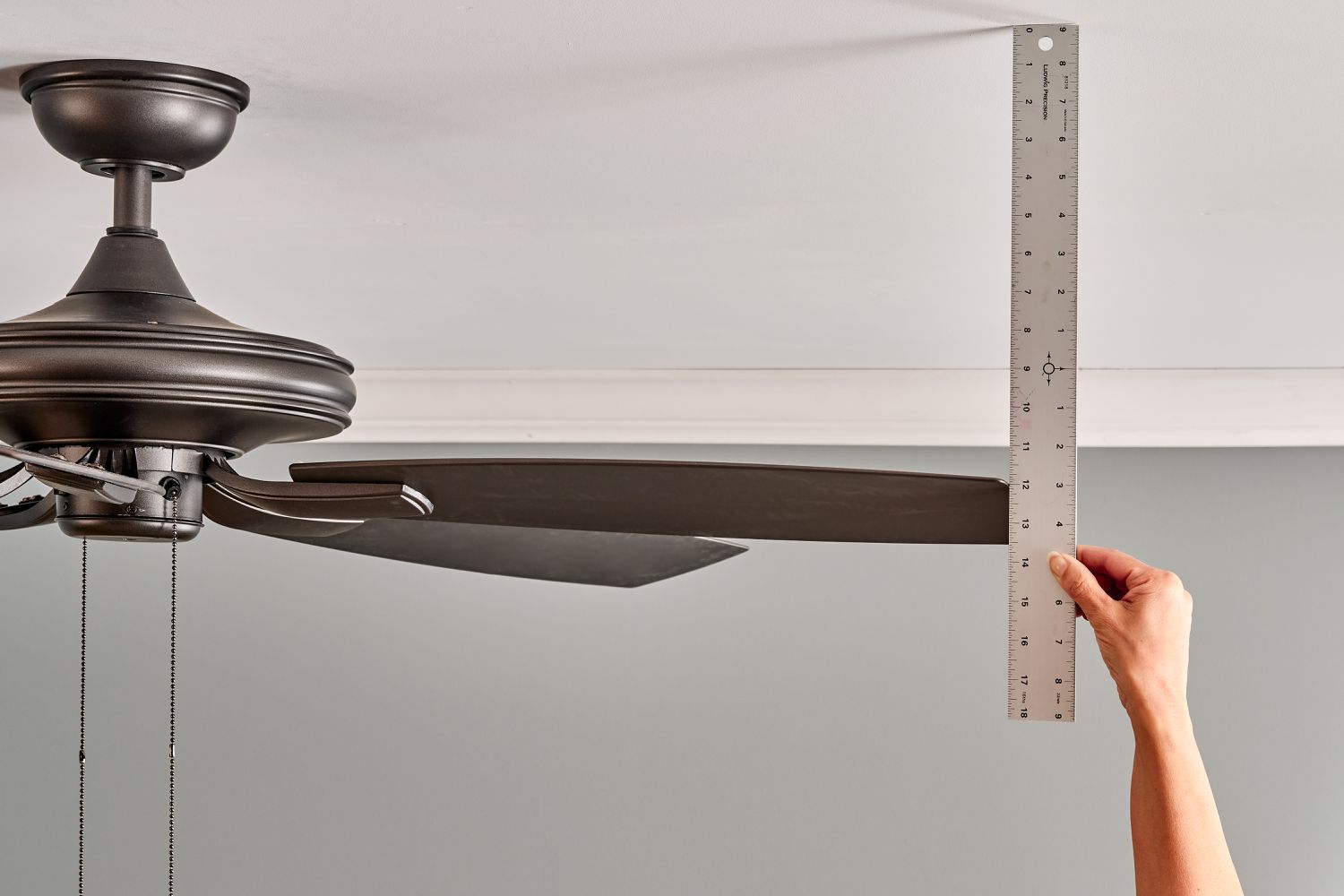


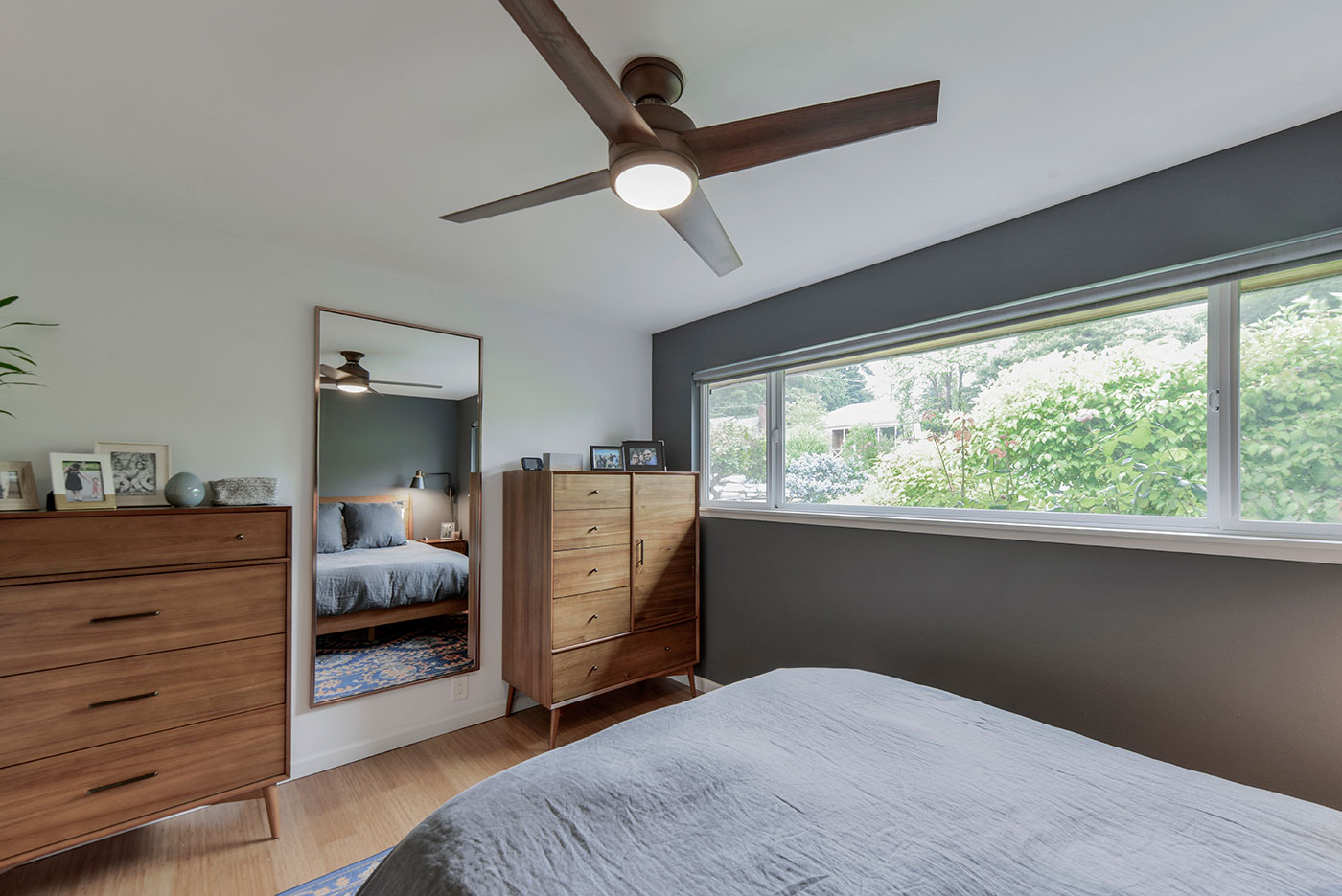

0 thoughts on “Should You Leave Ceiling Fans On When Not At Home”